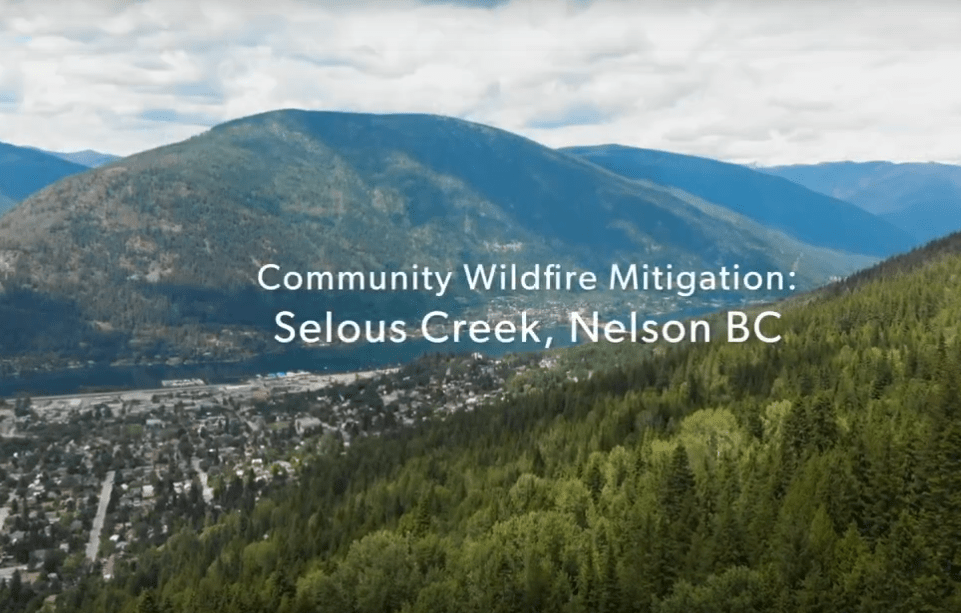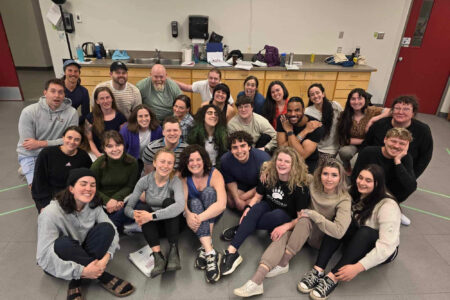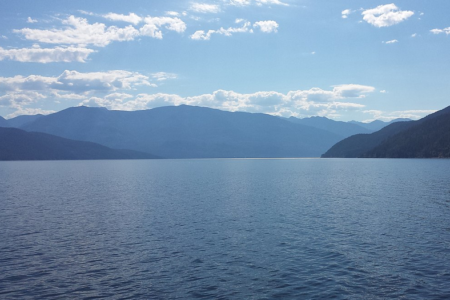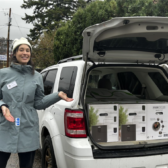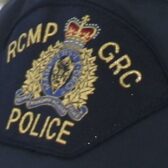Friendly fire set to sear forest south of Nelson in Selous watershed
Wildfire may never be viewed as a friend of those communities buried in forest, but it is a natural and accepted part of the ecosystem, according to several wildfire experts.
Speaking in a video recently released on the Selous Creek wildfire risk reduction project — just southwest of Nelson — former Nelson Fire Rescue chief and director of the Emergency Operations Centre, Len McCharles said the 80 hectare (ha.) area in question was an example of how far the knowledge of wildfire activity has come.
“What we have learned over the years is that prescribed burns actually allow you to get rid of the ground fuel which allows fire to travel so quickly and, by doing that, we can allow Nelson to be in a much more protected scenario,” he said, referring to the prescribed burns that are part of the project. “We need to, as a community, accept that prescribed burns are a part of what we need and should support.”
In 2016, the City of Nelson and Regional District of Central Kootenay (RDCK) did their landscape level community wildfire protection plans, said John Cathro, project manager for Selous Creek.
“This area was identified as a priority area, partly because of the forest type and the amount of fuels that are here, but also because Nelson gets 10 to 15 per cent of its water from Selous Creek,” he said about the watershed.
Due to weather conditions this fall the final phase of the manual hand treatment to finish the debris-free fireguard around the outer perimeter, and around single tree retention, will be completed in the spring.
In addition, depending on prevailing conditions, the prescribed burn will also be postponed until spring or fall 2023, under the direction of BC Wildfire Service.
Cathro said the prescribed burn, although delayed, is inevitable.
“What we are trying to do is build climate resilience and climate resilience into a stand so that the stand itself is not only healthier and can hopefully be resilient to climate change, but we affect fire behaviour by taking all of the fuel out of there that doesn’t contribute to an otherwise healthy forest,” he said.
The outcome of the fuel management project aims at reducing wildfire risk in Selous Creek outside of Nelson by modifying the fuel load and completing a prescribed burn, said Angela French, RDCK wildfire mitigation supervisor.
And “understanding that to have landscape that is fire resilient means that there will be fire on the landscape,” she said.
The province has gotten off of the natural fire regime and are now far behind in terms of community wildfire protection because all of those fuels have built up from decades of fire suppression, said Erik Leslie, forestry consultant.
Part of the project is to put wildfire in the context of fire history, ecology and the changing climate, he explained.
“And recognizing that we are doing this kind of work, we are having to work with fire in recognition that fire is a natural part of the ecosystem and always has been and always will be,” he said.
The following phases of treatment are completed:
• 65 ha of mechanical harvesting by Kalesnikoff Lumber;
• 20 ha of mechanical fuel modification to pile debris;
• 35 ha of machine-tethered fuel modification to create a debris-free fireguard around the outer perimeter of the harvested area and around reserve patches;
• 5.5 ha of understory hand treatment along The Vein bike trail and surrounding areas; and
• 7.5 ha of understory hand treatment along the Rail Trail.
The video is available at: https://youtu.be/IjF3RB_1R5c
The project has been a collaboration with several project partners, including Kalesnikoff Lumber, BC Wildfire Service, City of Nelson, Selkirk College and consultants, with funding support from the Forest Enhancement Society of B.C.



